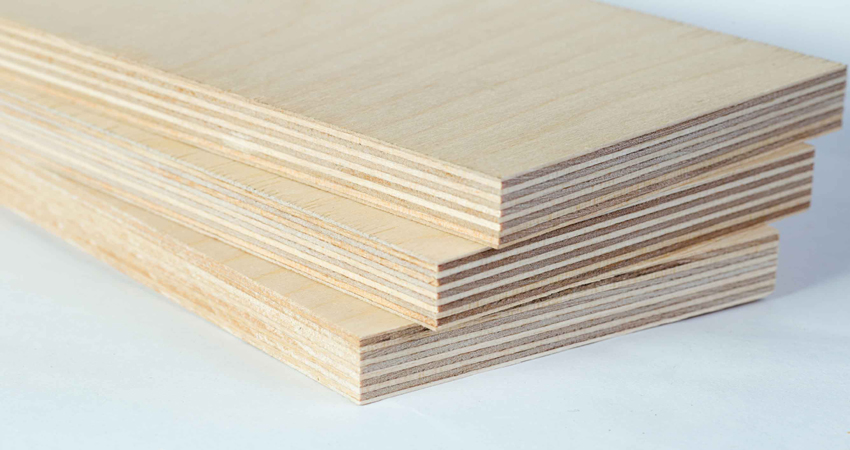Is It Possible To Make Zero Degradation Plywood?
Everything present on Earth is perishable, as we know. Some things perish quickly, while others take time. For example, if you leave a piece of log in the open, it will decay and degrade in a short period when kept in adverse conditions. At the same time, a piece of plastic that is much smaller will live on for decades, sometimes even centuries.
Every product has a suitable condition in which it thrives, a condition that is ideal for its survival. In comparison, there are adverse situations also which harm the product in question and degrade its quality. The same is the case with plywood. Some physical conditions cause significant damage to the quality and durability of plywood.
What are the factors that degrade the quality of plywood?
Several factors play a significant role in degrading the quality. Some of them are:
- Moisture and humidity- Moisture and humidity are extremely dangerous for woods. Moisture and humidity cause the wood to extract and contract abruptly. Due to these factors, woods also tend to develop fungi. The expansion and contraction faced by woods due to humidity cause the wood to change its shape and size and sometimes even break.
- Termites and other pests- Termites are a common occurrence around furniture. Termites thrive on furniture and feed on it, making it hollow and weak from within. Slowly, the wood loses its strength and becomes weaker and incapable of being used.
- Extensive use of furniture or wood- Wood also degrades in quality over time by using it. This is due to the constant pressure the wood faces due to people sitting on it or carrying the weight of substances put on top of it. As a result, wood may bend or start losing its strength.
Possibility of creating zero degradation wood
While zero degradation seems far-fetched, the ongoing degradation of wood can be slowed down, and the intensity is drastically slowed. Here are some ways manufacturers can create zero degradation plywood.
- The first and foremost step towards creating a zero degradation plywood would be to recognize the factors that cause degradation and then find out ways to stop it. Manufacturers of plywood in India have realized the effects of extreme humidity and moisture retention on furniture and finally launched moisture-proof plywood. This plywood is completely protected from the harsh effects of moisture and humidity, and as a result, the wood is wholly moisture-proof, meaning these factors cannot degrade the quality of plywood, making it more durable.
- The best quality plywood in India would be one that comes with Virokill technology, and such woods have already been launched. These plywood are capable of avoiding contact with minute bacteria and viruses, and in case they do come in contact with some, the Virokill technology kills and eliminates any bacteria that comes in contact with it.
- There are more external factors that destroy plywood. These are factors like rain and fire. Several people have lost their furniture in fires and other accidents. The plywood manufacturers have come up with boil-proof and fireproof plywood. This type of plywood is tested to withstand the potential damage that can be caused by fire and boil. As a result, fireproof and boil-proof plywood is protected from such mishaps.
- Last but not least, one of the simplest but most efficient ways of creating a zero degradation wood is to extract the finest quality of wood. One which is strong and durable and has not been attacked by insects and termites. Maintaining and not compromising its quality during the manufacturing process also reduces the degradation of plywood.
Therefore, yes, it is indeed possible to create zero degradation plywood. If manufacturers keep the above-mentioned points in mind and procure good-quality wood and produce plywood without altering its quality and taking these extra measures to enhance the wood’s quality, we can have zero degradation plywood. You can check out the wide variety of CenturyPly’s zero degradation plywood.
Ishita Garg

